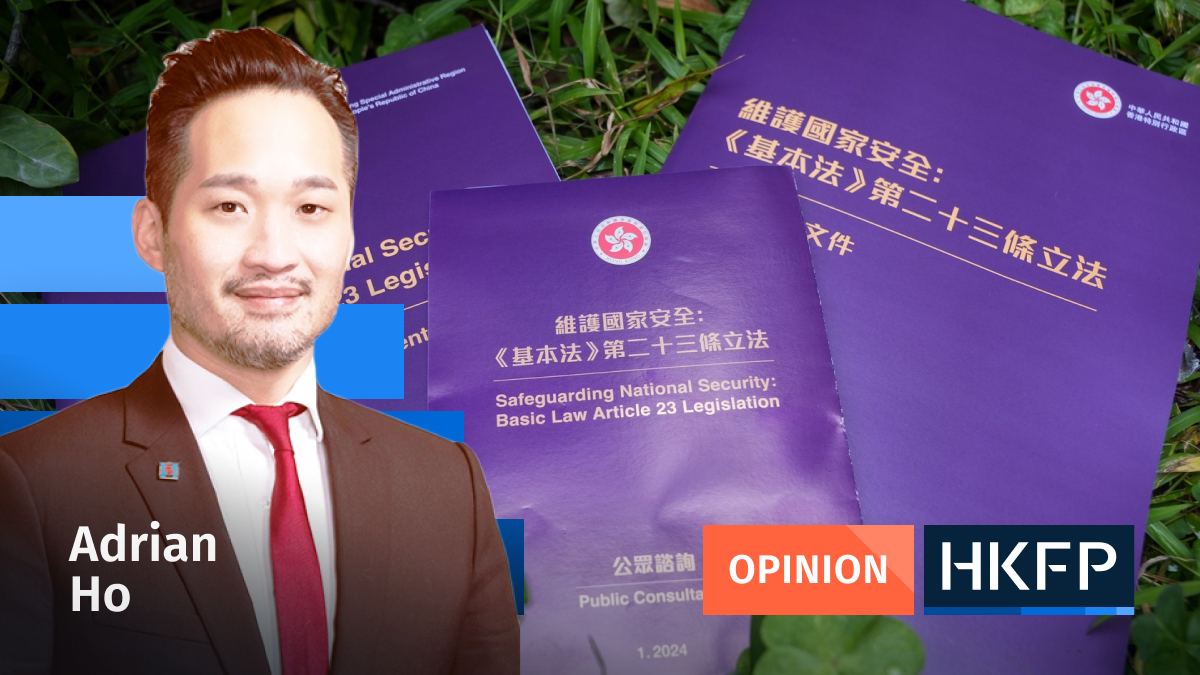The recently ended COP27 climate change conference in Sharm el-Sheikh, Egypt, resulted in a mixed bag of tepid pledges to address climate change. The conference made no progress on upping global ambition to cut greenhouse gas (GHG) pollution. The nominal objective of limiting global warming to 1.5 degrees Celsius above historical levels is no closer to realisation.
On the plus side, developed countries finally recognised longstanding demands from poor countries to create a new “loss and damage” fund to compensate them for their suffering from worsening storms, floods, wildfires and other manifestations of climate change. An almighty battle will ensue over the coming year to decide who will pony up the money for this fund.

Not for the first time, at COP27 Chinese diplomats worked hard to block measures that might obligate Beijing to do more to reduce its GHG emissions or provide loss-and-damage assistance to poor countries.
This unwillingness to face up to China’s role in fuelling the climate crisis apparently originates at the top. Chinese leader Xi Jinping failed to join 100 other leaders at COP27. Although he was in good company; his “best friend” – Vladimir Putin – also failed to show up.
It’s not that world leaders’ attendance at COPs greatly affects negotiations – it rarely does – but it at least shows that they are concerned about the issue in some way. Perhaps Xi’s attendance, combined with a domestic propaganda blitz, could have galvanised more support among the Chinese people for aggressive action on climate change.
Xi did not send his premier Li Keqiang to Sharm el-Sheikh, or even his foreign minister. By sending relatively low-level officials – the Chinese delegation was led by a vice-minister of ecology and environment – Beijing laid bare its pusillanimous commitment to tackling climate change.
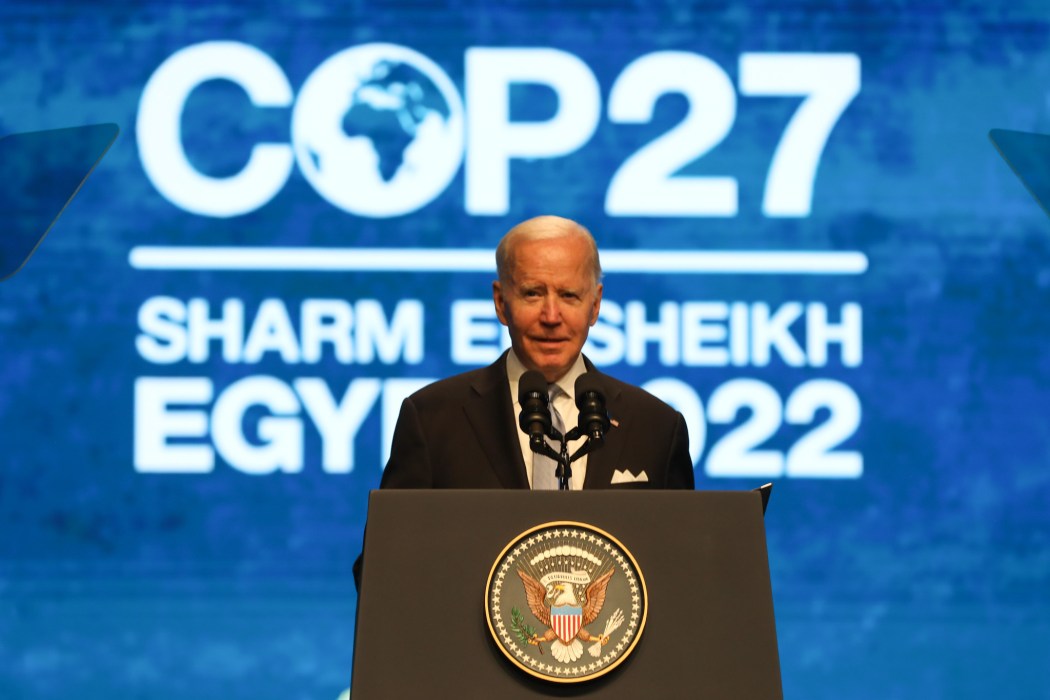
Even elderly US President Joe Biden made the effort to attend COP27. Perhaps that’s because he could share some positive news about US action on climate change – too little action, to be sure, but action nonetheless. Biden could at least say that American GHG emissions are on the decline.
Not so in the case of China. It produces more GHG pollution than all Western countries and Japan put together. Both its total emissions and its percentage of global emissions are rising, despite repeated warnings from scientists that global emissions need to start falling this decade and reach net zero by mid-century – only 37 years away – if the most catastrophic effects of climate change are to be avoided.
Xi declared in 2020 that China’s carbon dioxide (CO2) emissions would peak by 2030. Given his total grip on power, one might therefore assume that China is moving full speed ahead to cut its burning of fossil fuels.
Alas, that’s not what is happening. Because Xi did not specify the scale and pace of China’s emissions before 2030, there are powerful economic and political incentives across the country to increase the burning of fossil fuels, especially coal, in the meantime.
Burning more coal means keeping miners employed. It means extracting more profit from state-owned coal mines and coal-burning power plants and factories. It means squeezing more economic growth from China’s coal reserves.
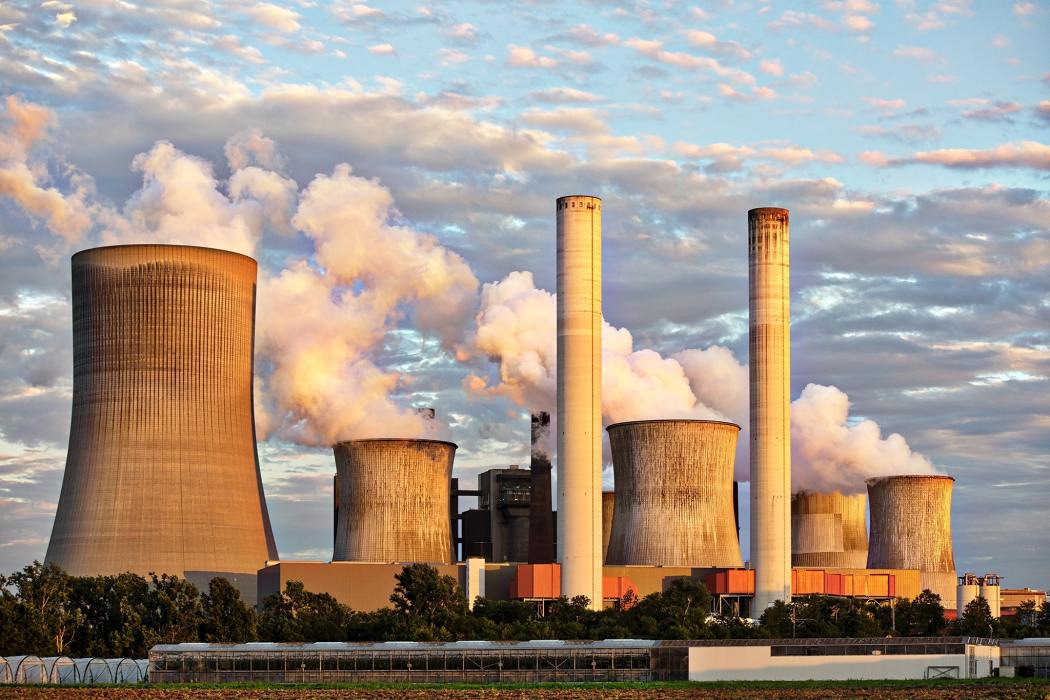
The problem with this approach is that China’s continued investments in coal and other fossil fuels means that any reductions in the country’s CO2 emissions after 2030 will start from a level that is too high to prevent extreme climate change. Those emissions will exacerbate the problem for centuries to come because CO2 remains in the atmosphere for up to 1,000 years. This is a recipe for climate disaster, including in China.
Behaving so irresponsibly is also a disaster for China’s faltering global reputation. Beijing’s soft power – its ability to induce other countries to do what it wants through attraction or persuasion rather than by having to coerce or pay them – has declined dramatically since the advent of Xi. People around the world are increasingly questioning China’s motives rather than welcoming its global leadership.
Xi’s no-show at COP27 can only worsen this problem, especially among those who are most severely affected by China’s climate-changing emissions. They will eventually tire of China’s refusal to accept any divergence from its anachronistic designation as a “developing” country – right alongside Bangladesh and Benin – that it had when climate negotiations began more than three decades ago.
That designation allows China to avoid formal responsibility for climate action, even as it ignores the economic accomplishments that the Chinese Communist Party crows about domestically and internationally in other contexts.

The average person in China is “34 times richer” than when the first climate agreement was reached in 1992. How many Chinese billionaires, luxury shopping malls, skyscrapers, high-speed trains, warships and satellites will China need before it finally acknowledges that it ought to have more responsibility than Chad and Chile?
It’s not that China deserves disproportionate blame for climate change. Fingers can justifiably be pointed toward the West. But at least most Western countries are starting the essential process of bringing their GHG pollution down and belatedly accepting responsibility to aid poor countries in their climate fights.
If there is any hope of preventing climate catastrophe, global GHG emissions must decline very quickly. However, in 2021 China’s GHG emissions increased at the fastest rate in the last decade, negating emissions cuts in the West.
Much of that increase can be attributed to the country’s persistent addiction to coal. It is now mining and burning more coal than ever – more than the rest of the world put together – and it is locking coal into its future energy mix by building more coal-fired plants to produce electricity, steel and cement.
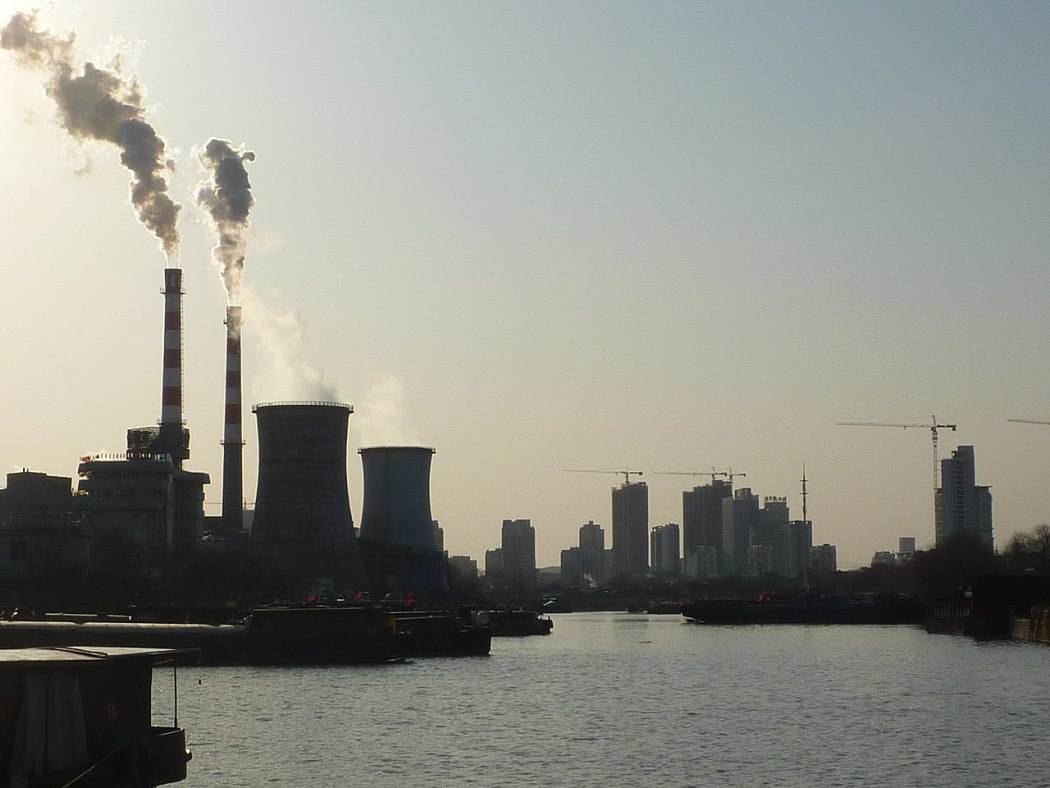
More coal-fired power has been commissioned in China since the Covid-19 pandemic began than in the whole of the rest of world. As of January this year, China had more than 1,100 coal power plants in operation – four and a half times the number operating in the larger economy of the United States. This push for more coal power has what one analyst calls “very clear government backing.”
China’s coal emissions must fall by a factor of more than 100 from current levels by mid-century to avoid severe climate impacts. But at last year’s COP, China failed to join dozens of countries in a pledge to shift away from coal. Beijing used its muscle at COP27 to block a pledge to phase out coal use globally. That’s very difficult to justify.
For example, even when measured by purchasing power parity, China’s gross domestic product is less than 20 percent of the global total, far below its percentage of global GHG emissions, which are climbing toward 30 percent.
To argue, as Beijing likes to do, that much of its emissions can be attributed to exports is factually misleading and fails to acknowledge that the profits accruing from those exports are the source of the wealth generation that the CCP is so proud to proclaim. You can’t blame others for the environmental externalities of making yourself wealthy.
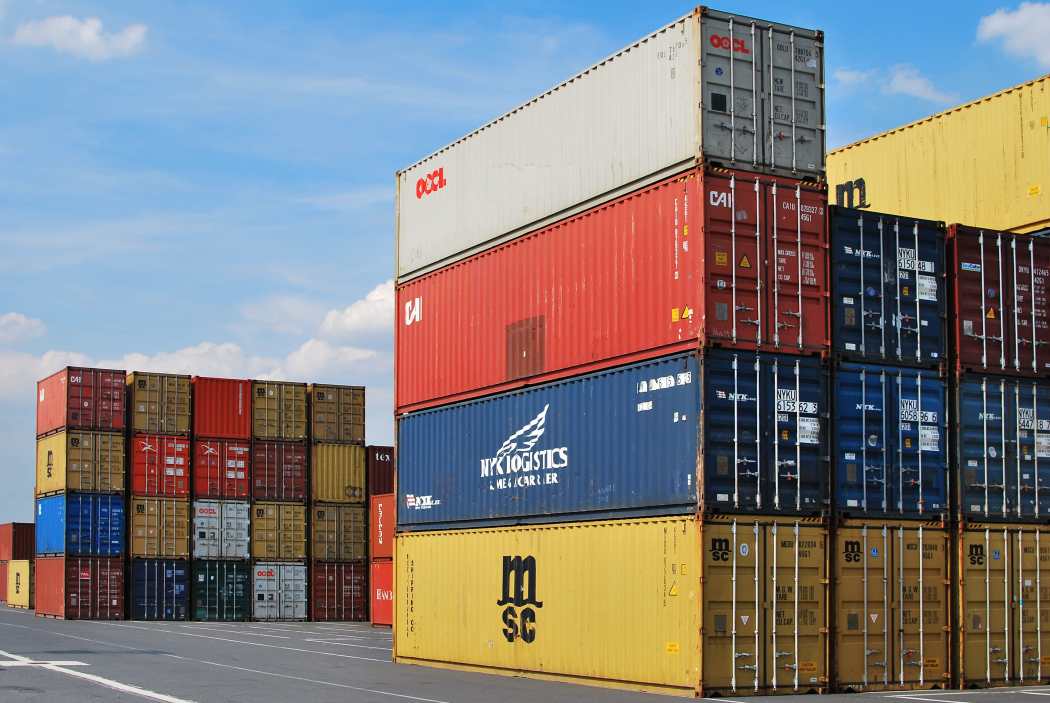
China’s failure to take responsibility for its GHG emissions also cannot be justified by demography. Less than 20 percent of the world’s population lives in China – again, far short of its share of global GHG pollution.
Furthermore, China’s per capita GHG emissions are only slightly below those of Germany and Japan, both major exporters, and exceed those of France and the United Kingdom. By 2030 China’s per capita emissions are projected to exceed those of the vast majority of developing countries and those of most developed countries, including Japan, Singapore, Germany, Norway, the United Kingdom, Switzerland and the European Union.
China’s lacklustre attitude toward its emissions is not even justified by Beijing’s assertion that China is entitled to burn fossil fuels today because the West did so in the past. This assertion fails to acknowledge that the West did not know until quite recently that such behaviour would lead to climate disaster. In contrast, China has known almost from the start of its opening up and drive to promote economic growth at all costs that its use of fossil fuels would have this effect.
China’s cumulative historical emissions are exceeded only by the United States. Since the start of the Industrial Revolution, China’s emissions have far surpassed those of the United Kingdom, Germany and France, to name just some countries that China says should take the blame for historical emissions.
For more than 15 years, China’s annual CO2 emissions have been higher than any other country. They are now approaching three times those of the United States.

Adding insult to injury, Beijing has made climate cooperation with the United States hostage to its claims over Taiwan. During COP27, China’s climate envoy, Xie Zhenhua, declared that US House Speaker Nancy Pelosi’s visit to Taiwan in August violated the “spirit” of the Sino-US climate communique agreed at COP26.
Beijing’s fit of pique extended even to email. According to American climate envoy, John Kerry, before COP27 Xie refused to answer Kerry’s emails.
The recent meeting between Biden and Xi at the G20 summit in Bali opened a pathway for bilateral climate discussions to resume. After meetings between Kerry and Xi at COP27, it appears that those talks are back on track – not that there’s much to show for previous talks going back decades.
As it has done at most previous COPs, China demonstrated at COP27 that it prioritises almost everything – economic growth, “national security,” diplomatic submission by other countries – above concerted action to mitigate the climate crisis.
Revealing Beijing’s true colours, at COP27 Chinese negotiators tried to weaken the promise from previous COPs to limit global warming to 1.5 degrees and to come up with more ambitious GHG-reduction targets. They helped petrostates block a proposal to peak global emissions by 2025. This makes perfect sense because the 1.5-degree target and reducing global emissions from 2025 are unachievable without major action by China – action that it is unwilling to take.

Chinese officials want their country to be known as a leader in green energy and “ecological civilisation.” The reality is very much darker. Until China drastically cuts its coal burning, climate chaos is guaranteed, regardless of what other countries do.
As Paul Bledsoe at the Progressive Policy Institute in Washington, DC, observed, “Global emissions can’t fall until China’s emissions fall. This is the key to climate protection.” Bledsoe isn’t alone in thinking that COP27 “was something of a failure because it completely let the world’s biggest emitter, China, off the hook.”
Just before the opening of COP27, Xie called on “all sectors of the international community to practice green and low-carbon production and lifestyles.” The disconnect between Xie’s call and his country’s continuing addiction to coal is glaring to those not living behind Beijing’s Great Wall of reality distortion.
At COP27 poor countries rightly demanded compensation for climate-related loss and damage. Their righteous demands were officially recognised at long last.
Yet, China declared that, as a “developing” country, it has no obligation whatsoever to respond to that demand, despite the undeniable fact that a great proportion of future loss and damage, and millions of lives lost, will arise due to China’s gargantuan – and still rising – GHG pollution.
Will China agree anytime soon that its obvious wealth and great-power status create an obligation for it to cut its GHG pollution without delay and compensate those affected? Don’t count on it.
Support HKFP | Policies & Ethics | Error/typo? | Contact Us | Newsletter | Transparency & Annual Report | Apps
| HKFP is an impartial platform & does not necessarily share the views of opinion writers or advertisers. HKFP presents a diversity of views & regularly invites figures across the political spectrum to write for us. Press freedom is guaranteed under the Basic Law, security law, Bill of Rights and Chinese constitution. Opinion pieces aim to point out errors or defects in the government, law or policies, or aim to suggest ideas or alterations via legal means without an intention of hatred, discontent or hostility against the authorities or other communities. |
Help safeguard press freedom & keep HKFP free for all readers by supporting our team

More HKFP OPINION:
HKFP has an impartial stance, transparent funding, and balanced coverage guided by an Ethics Code and Corrections Policy.
Support press freedom & help us surpass 1,000 monthly Patrons: 100% independent, governed by an ethics code & not-for-profit.






